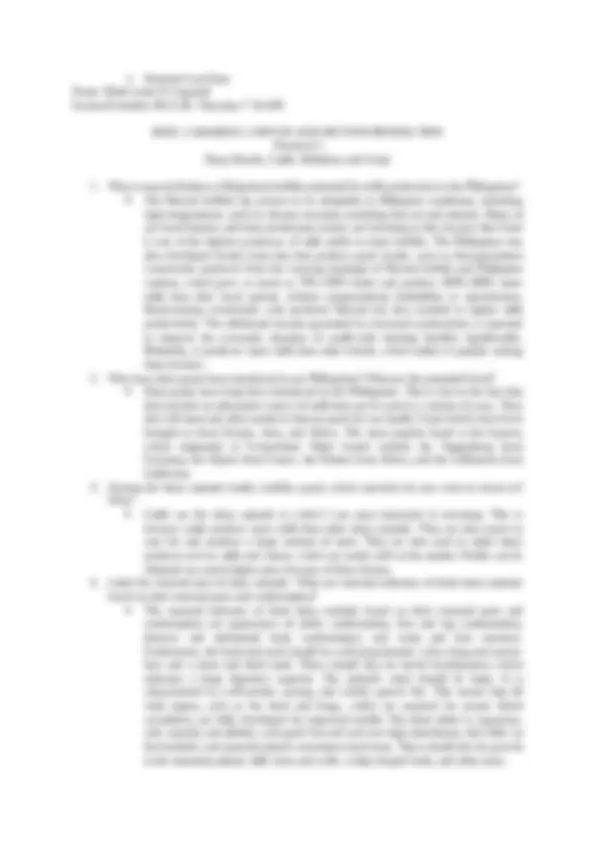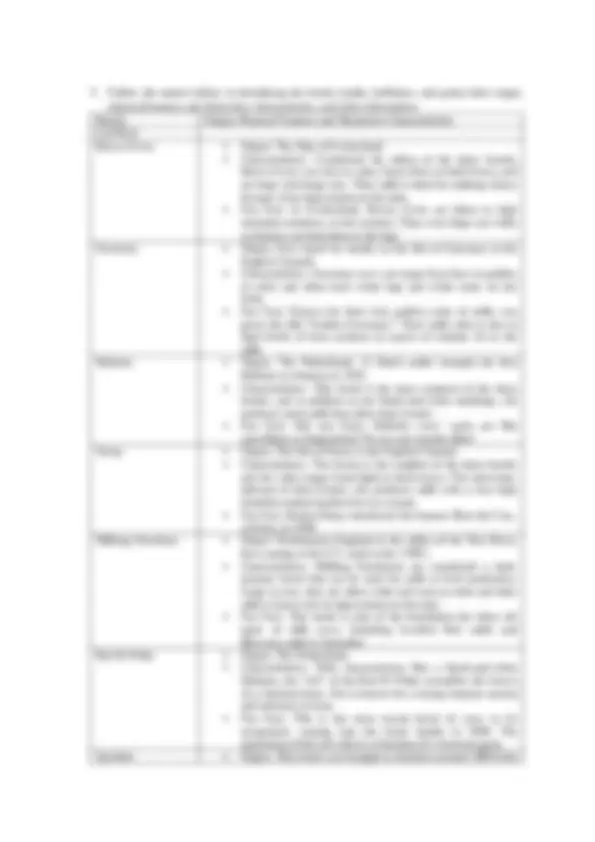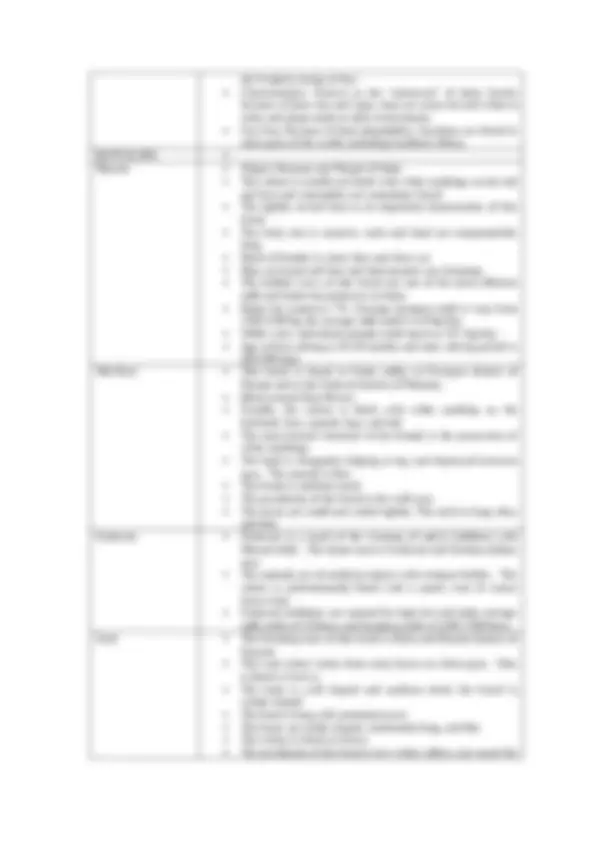





Study with the several resources on Docsity

Earn points by helping other students or get them with a premium plan


Prepare for your exams
Study with the several resources on Docsity

Earn points to download
Earn points by helping other students or get them with a premium plan
Community
Ask the community for help and clear up your study doubts
Discover the best universities in your country according to Docsity users
Free resources
Download our free guides on studying techniques, anxiety management strategies, and thesis advice from Docsity tutors
ansci43a_practical_exercise_1_2.docx
Typology: Exercises
1 / 7

This page cannot be seen from the preview
Don't miss anything!




Name: Mark Louie D. Suganob Section/Schedule: BSA 2K- Thursday 7-10 AM BEEF, CARABEEF, CHEVON AND MUTTON PRODUCTION Practical 1 Overview on Dairy Products
you think that there is a potential prospect of dairy production? Support your answers with possible strategies.
the Scottish county of Ayr. Characteristics: Known as the “aristocrat” of dairy breeds because of their size and vigor, they are rusty-red and white in color and adapt easily to their environment. Fun Fact: Because of their adaptability, Ayrshires are found in most parts of the world, including Southern Africa. BUFFALOES Murrah Origin: Haryana and Punjab of India The colour is usually jet black with white markings on the tail and face and extremities are sometimes found. The tightly curved horn is an important characteristic of this breed. The body size is massive, neck and head are comparatively long. Head of females is short, fine and clear cut. Hips are broad and fore and hind quarters are drooping. The buffalo cows of this breed are one of the most efficient milk and butter fat producers in India. Butter fat content is 7%. Average lactation yield is vary from 1500-2500 kg the average milk yield is 6.8 kg/day. While a few individual animals yield much as 19.1 kg/day. Age at first calving is 45-50 months and inter calving period is 450-500 days Nili-Ravi This breed is found in Sutlej valley in Ferozpur district of Punjab and in the Sahiwal district of Pakistan. (Bred around Ravi River) Usually, the colour is black with white marking on the forehead, face, muzzle, legs, and tail. The most desired character of the female is the possession of white markings. The head is elongated, bulging at top, and depressed between eyes. The muzzle is fine. The frame is medium sized. The peculiarity of the breed is the wall eyes. The horns are small and coiled tightly. The neck is long, thin, and fine. Godavari Godavari is a result of the crossing of native buffaloes with Murrah bulls. The home tract is Godavari and Krishna deltaic area The animals are of medium stature with compact bodies. The colour is predominantly black with a sparse coat of coarse brown hair. Godavari buffaloes are reputed for high fat with daily average milk yield of 5-8 litres and lactation yield of 1200-1500 litres. Surti The breeding tract of this breed is Kaira and Baroda district of Gujarat. The coat colour varies from rusty brown to silver-grey. Skin is black or brown. The body is well shaped and medium sized; the barrel is wedge shaped. The head is long with prominent eyes. The horns are sickle shaped, moderately long, and flat. The colour is black or brown The peculiarity of the breed is two white collars, one round the
and weigh no less than 170 pounds. Produces about 1.5 liters of milk daily. Saanen Origin: Saanen Valley, Switzerland The Saanen is a dairy goat with a dished or straight facial line and a wedge-shaped body. With pure to off-white color. When compared to other Alpine breeds in Australia, Saanens are of medium height. At least 64 kg in weight. Produces 1.8 liters a day. Nubian Origin: Mixed African, Asian and European origin The Nubian has long, wide drooping ears, large almond- shaped eyes, a wide forehead, a convex "roman" nose, a tall flat-sided body, long legs, and a short shiny coat. Produces 1 to 2 liters of milk daily. LaMancha Origin: United States (California) Lamancha goats are possibly the most unusual goat breed, distinguished by their extremely short ear pinnae. They are also noted for their great milk output, comparatively high butterfat content in their milk, and friendly disposition. Toggenburg Origin: Toggenburg Valley of Switzerland at Obertoggenburg. Toggenburgs are a dairy-type animal that is small and sturdy (that is, with a dished or straight facial line and wedge-shaped body). They are often smaller than the other Alpine breeds. It weighs at least 55 kg. The average height at the withers for does is around 79 cm and 90 cm for bucks. Milk producution averanges about 1.5 liters a day. Oberhasli Origin: in the Canton of Berne in Switzerland Oberhasli goats can also be black because of recessive genes. These goats have straight faced and erect ears. A mature female must be at least 28 inches tall at the withers (top of the shoulder blades) and weigh at least 120 pounds. Males typically stand 30 inches tall and weigh 150 pounds or more. Boer Origin: Southern Africa from indigenous African Large, stocky animals with a white body and a red head, brown eyes, lop (downward-hanging) ears, backward-curving horns, and powerful, well-placed legs are the most valued Boer goats. Adult males frequently weigh 160 kg ( pounds), while females can weigh up to 110 kg (about 250 pounds). Dadiangas Goat Origin: General Santos, Philippines The Dadiangas strain goat had a straight head face, erect ears, and hairy thighs. In terms of body weight, height, and length, they were comparable to the Anglo-Nubian improvements. Milk production is just enough to its kids.